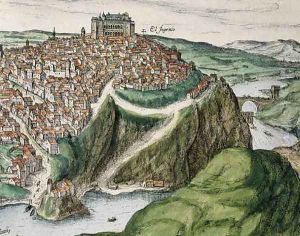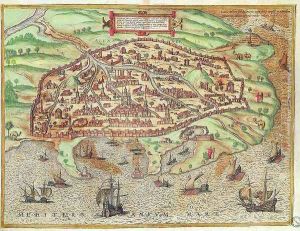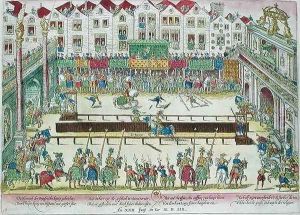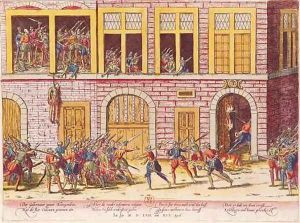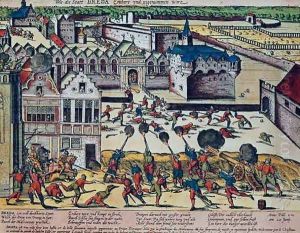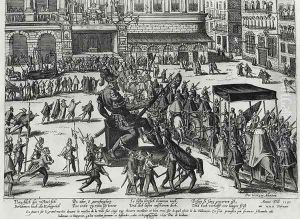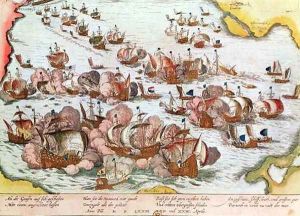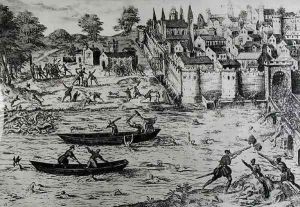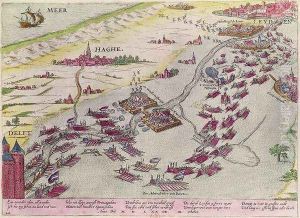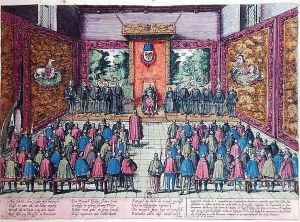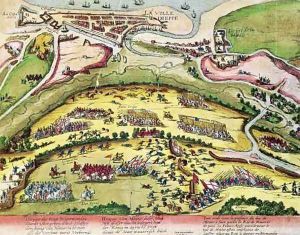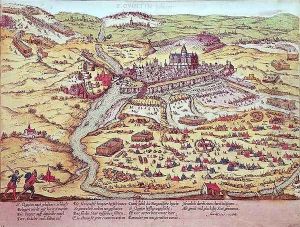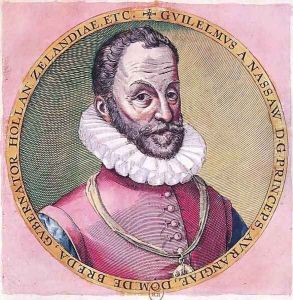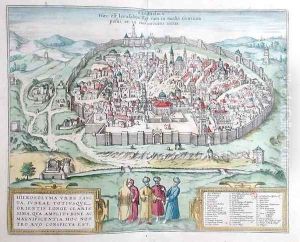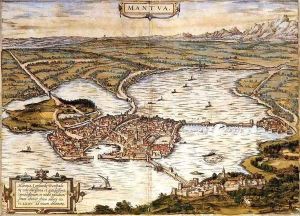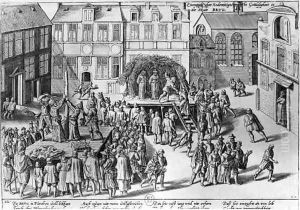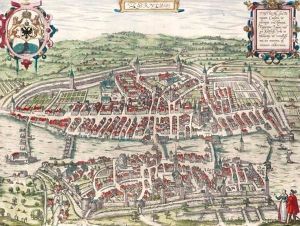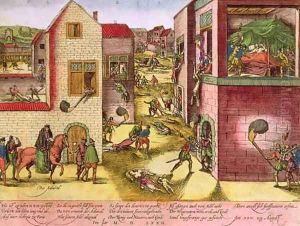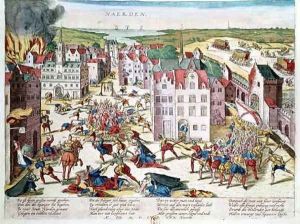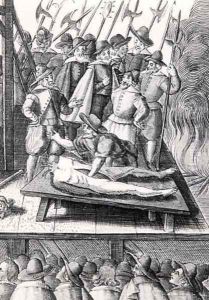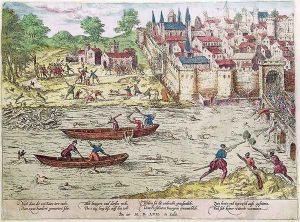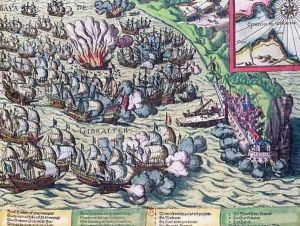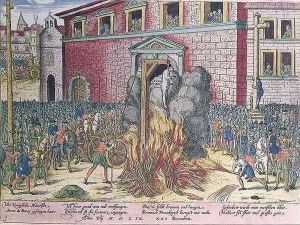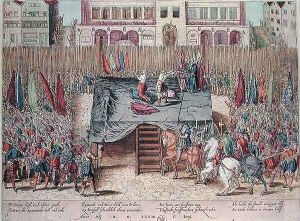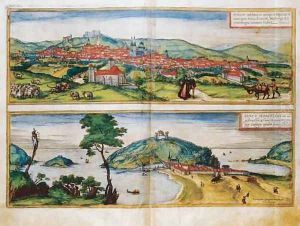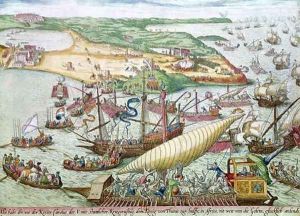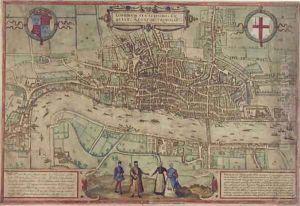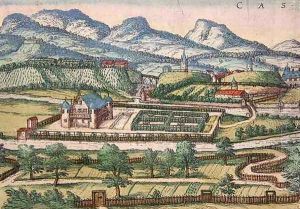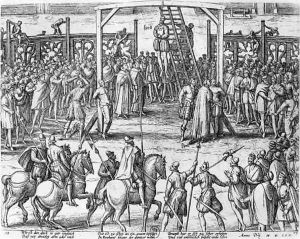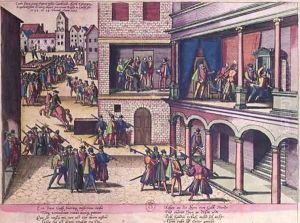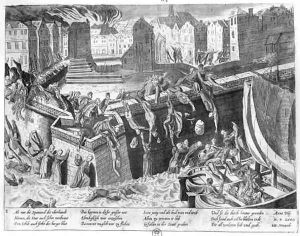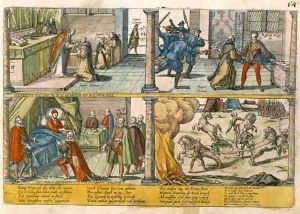Franz Hogenberg Paintings
Franz Hogenberg was a German engraver and etcher known for his cartographic works and cityscapes. Born around 1535 in Mechelen, which is now in Belgium, he was part of a family with a strong artistic tradition. His father, Nicolaus Hogenberg, was also an artist, and Franz had a brother named Remigius Hogenberg, who was active in the artistic field as well.
Franz Hogenberg's early life details are not well-documented, but it is known that he moved to London in the latter half of the 16th century, where he worked for a time. His stay in England was part of his itinerant career, during which he lived and worked in various cities across Europe, including Antwerp, Cologne, and possibly Venice.
One of Hogenberg's most significant contributions to the art world and to cartography was his collaboration with Georg Braun on the city atlas 'Civitates Orbis Terrarum,' which was published in six volumes between 1572 and 1617. Although Hogenberg died before the completion of the project, his engravings formed the core of the first few volumes. This work is considered one of the most important collections of urban cartography of the 16th century, offering a valuable historical record of many cities across Europe and beyond at that time.
Hogenberg was also known for his historical prints, which depicted important contemporary events. For example, he produced a series of engravings that illustrated scenes from the Eighty Years' War, a conflict in the Low Countries against Spanish rule. These prints were not only works of art but also served as historical documents providing insights into the period's cultural and social conditions.
Despite his significant contributions to engraving and cartography, much of Franz Hogenberg's life remains obscure, and many details of his personal life are lost to history. He passed away in 1590 in Cologne, where he had spent the latter part of his life. Hogenberg's works continue to be studied and admired for their artistic merit and documentary value. His legacy is preserved in the rich detail and historical significance of his engravings, which remain an important resource for historians and art enthusiasts alike.
